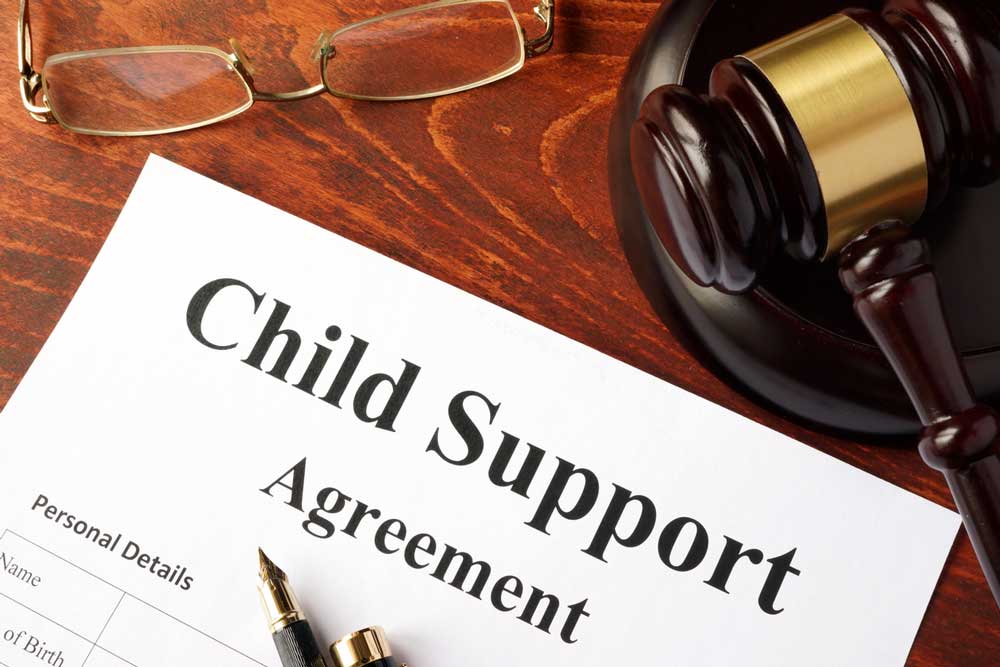
For Martha Bailey, her recent divorce was a protracted nightmare. First, Martha lives in a fault state where each side tries to pin blame on the other side for causing the divorce. After a judge approved the divorce settlement, Martha thought the worst was behind her.
She was wrong.
Martha had to deal with highly contentious hearings that determined child custody and the amount of child support.
“I had no idea what’s involved in child custody hearings,” Martha said. “I had less of an idea on how much to ask for child support.”
Martha is not alone. Millions of divorced parents do not know much about complex child support laws.
The Basics of Child Support
Child support covers the cost of a child’s basic needs. The supporting parent pays for food, clothing, and shelter. Most child support cases involve defraying the cost of taking care of a child, instead of paying for everything. However, because of vast income disparities, some divorced parents are on the hook for most, if not all of a child’s living costs. Basic child support can also include entertainment, school fees and tuition, and extracurricular activities. Providing financial support for a child’s entertainment depends mostly on a child’s age. Most courts rule that adolescents 16 years of age and older have the legal green light to earn money that take care of entertainment expenses.
Paying Uninsured Medical Expenses
Parents can spend child support money to pay for uninsured health care costs or what many courts refer to as extraordinary medical expenses, such as an organ transplant or a lengthy regimen of cancer treatments. “Extraordinary” also includes out of pocket medical expenses that are more than what a health insurance plan covers. Child support is used to make co-payments and meet deductibles, as well as pay for non-covered health insurance expenses that include eyeglasses and dental braces. .
The Legal Power of Child Support Powers
Whether parents settle child support cases on their own or require the intervention of the judicial system, child support orders are enforceable legal documents that hold both parents legally liable for upholding their end of the binding court order or agreement. A child support order clearly identifies the parties involved in the case, as well as who is legally responsible to pay support and receive support. The order establishes the amount a parent has to pay and how often the parent has to make the payment. In most court ordered and agreed upon cases, the parent providing child support makes monthly payments. Child support orders create the process for collecting payments, from voluntary distributions sent via checks to automatic deductions from a bank account. Some child support orders mandate wage garnishments.
Many circumstances arise that prompt parents to ask for child support order modifications. The loss of a job can lead to moratorium on any type of child support payment. If a parent has fulfilled the child support order for a few years, a judge will grant a halt to payments until the parent lands another job that generates similar income. Parents who experience severe health issues should also consider filing for child support order changes.
How to End Child Support
Child support payments do not include “Last Payment” dates. The parent who is legally obligated to provide child support must file a formal written request to end child support. Requests to end child support are most effective when children reach the age of self-sufficiency, which happens most often after high school or college. Child supportive divorced parents might also obtain a favorable ruling when a minor leaves the home or another adult assumes the financial burden for the family.
As you can see, just an overview of child support raises several difficult legal questions. Your best strategy is to work with a family law attorney who specializes in child support cases. Remember that the attorney you hired for a divorce might be the same attorney you want to handle your child support case.

Leave a Reply